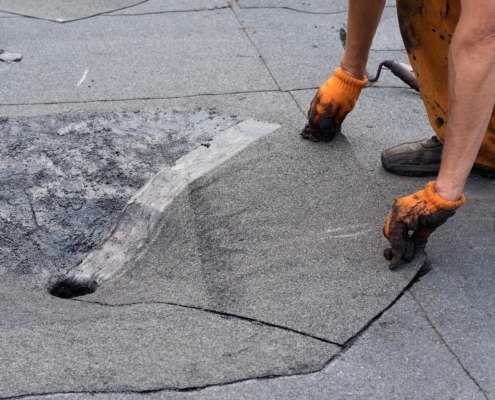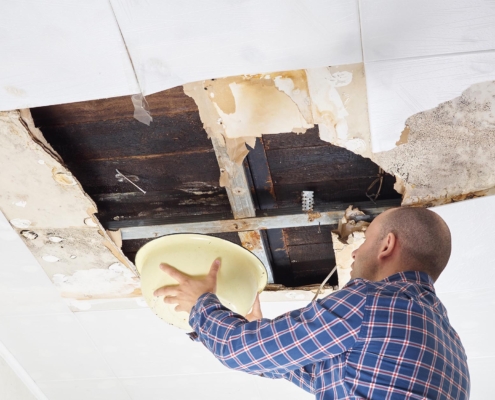A structured prevention strategy involves more than seasonal inspections—it’s about aligning teams, tools, and timelines to minimize disruptions.
Start by scheduling routine inspections during spring and fall, with flexibility to add spot checks after severe weather events. Work with your contractor to establish a service agreement that includes these periodic assessments and allows for a fast response when issues arise.
Internally, develop checklists that facilities staff can reference when conditions change, especially during shoulder seasons and when roofs are transitioning between high-risk periods.
Budgeting for seasonal maintenance, minor repairs, and cleaning helps spread costs evenly over the year and lowers the likelihood of surprise expenditures caused by emergency service calls. It also supports better documentation for warranty and insurance purposes.
Effective prevention by season means accounting for every phase of the year before conditions push your roof beyond its limits.










